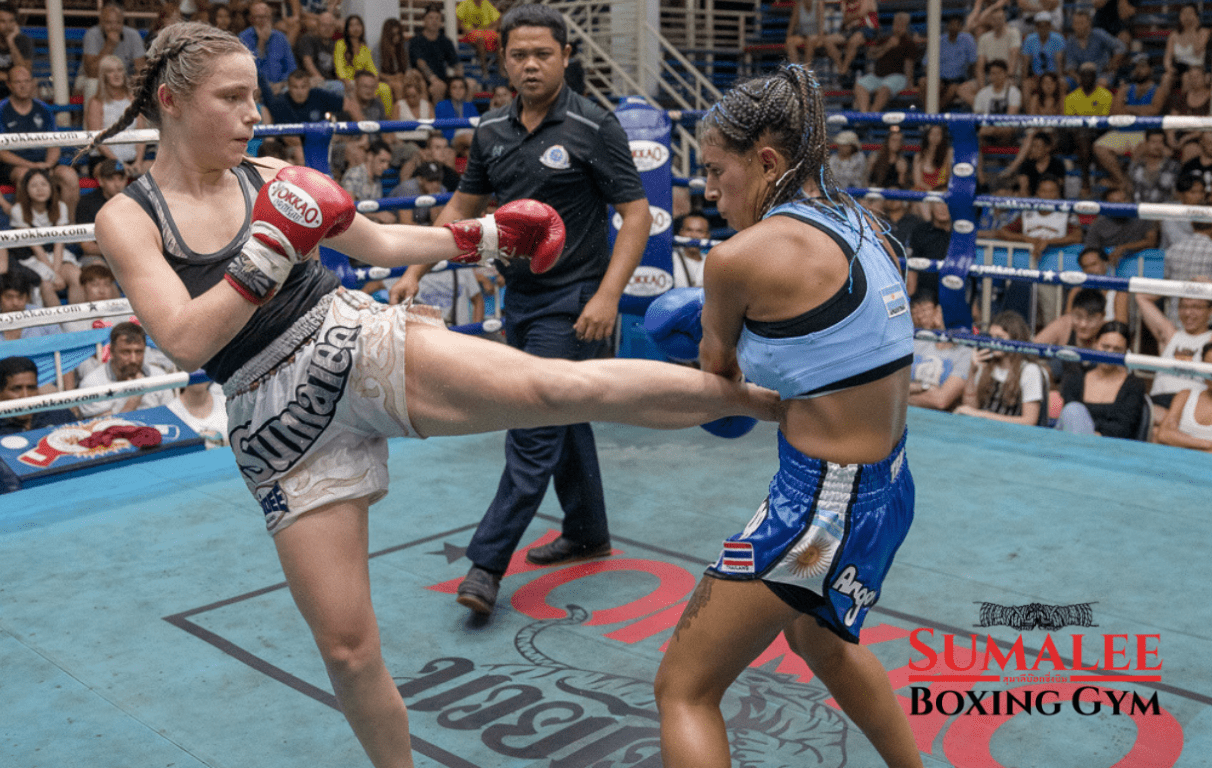
Shin Conditioning For Muay Thai: *This* is How to Do it
There are some things that most Muay Thai fighters would agree with. The importance of nutrition, learning from an expert trainer, implementing a recovery strategy and the reasons why every fighter should embrace yoga, even if there is a little bit of debate about what approaches work best. But if there’s one thing every fighter can agree on, it’s the need for strong shins. Like really strong shins. This can only be achieved through shin conditioning.
As a Muay Thai warrior, every early morning run, every bead of sweat and every sparring partner you take on is gearing you up for a no-holds-barred battle where you’ll want to take down your opponent as quickly as possible using your fists, elbows, knees and, at the top of the pile, your shins.
They could be the difference between knocking out an opponent with a high kick and delivering a weak blow that leaves you open to a counter attack. But it’s not all about your attacking prowess. Strong shins also improve your defence by allowing you to withstand the kicks thrown at you.
But whether you’re striking an opponent at full combat force or defending yourself from a barrage of blows, connecting with your bare bones is always going to hurt. That’s why you need to condition your shins. They’re your most valuable asset. Attacking, defending, moving around the ring, maintaining your balance, absorbing energy – the fighter with the weakest shins is most likely to hit the canvas first.
So, without further ado, here’s everything you need to know about shin conditioning.
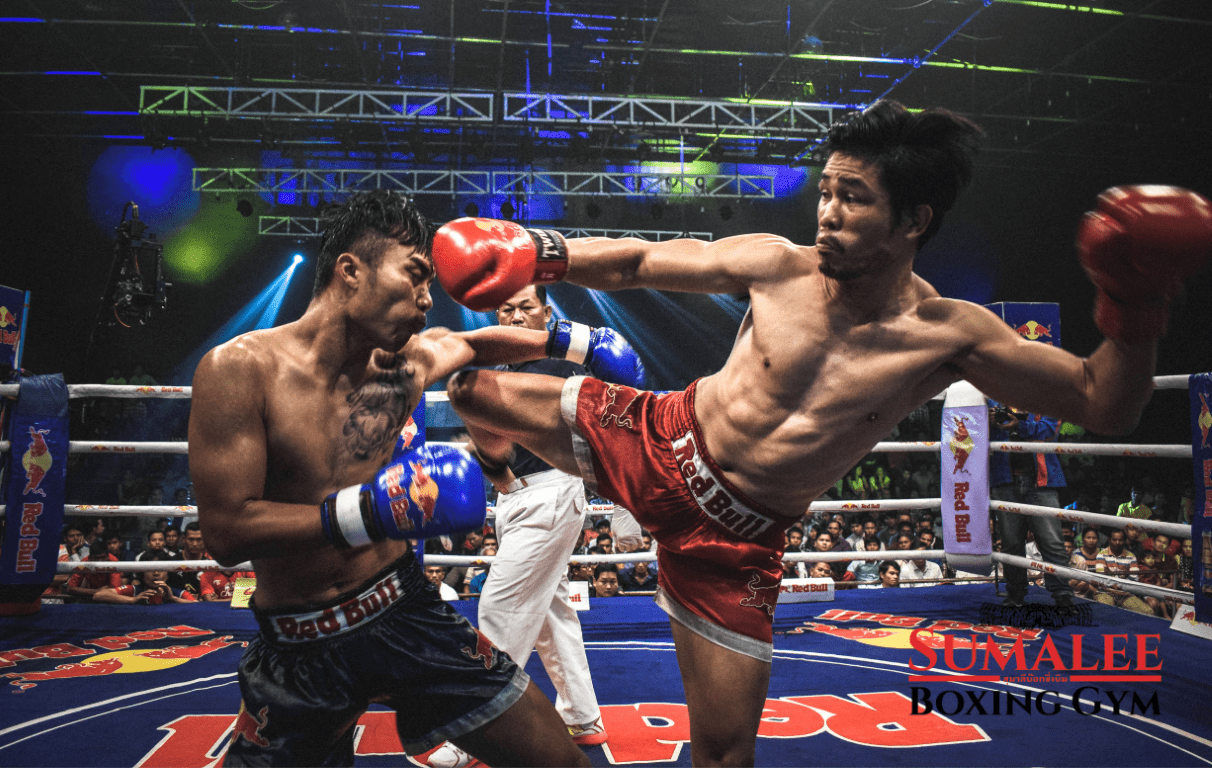
(Ever wanted to train Muay Thai in Thailand? Drop us a message in the chat box to see what we can offer you)
Part 1: The Science Behind Shin Conditioning
The human body is incredible, and a huge part of why is its ability to condition itself – so long as you feed it the proper nutrients, exercise, rest and repetition. Perfect that and your body will be able to adapt to injuries so that, every time you suffer an injury, your body will heal in such a way it becomes harder and harder to sustain that same injury again. That’s why repetition is such an important part of shin conditioning.
When you strike a hard surface, whether that be a heavy bag or an opponent in the ring, your bones suffer microfractures, which are incredibly tiny fractures in the bone’s surface – and that’s where your body becomes awesome. It recognises these microfractures as weak points and then prioritises them for repair by creating calcium deposits on top of the damaged bone tissue. It’s what people in white-lab coats refer to as ‘ossification’.
To allow this to happen, though, you need to show both patience and hard work. It’s about giving your body the time to recover and the nutritional support for your bones to heal, otherwise you could end up prolonging the amount of time it takes to be fighting fit again (pun intended).
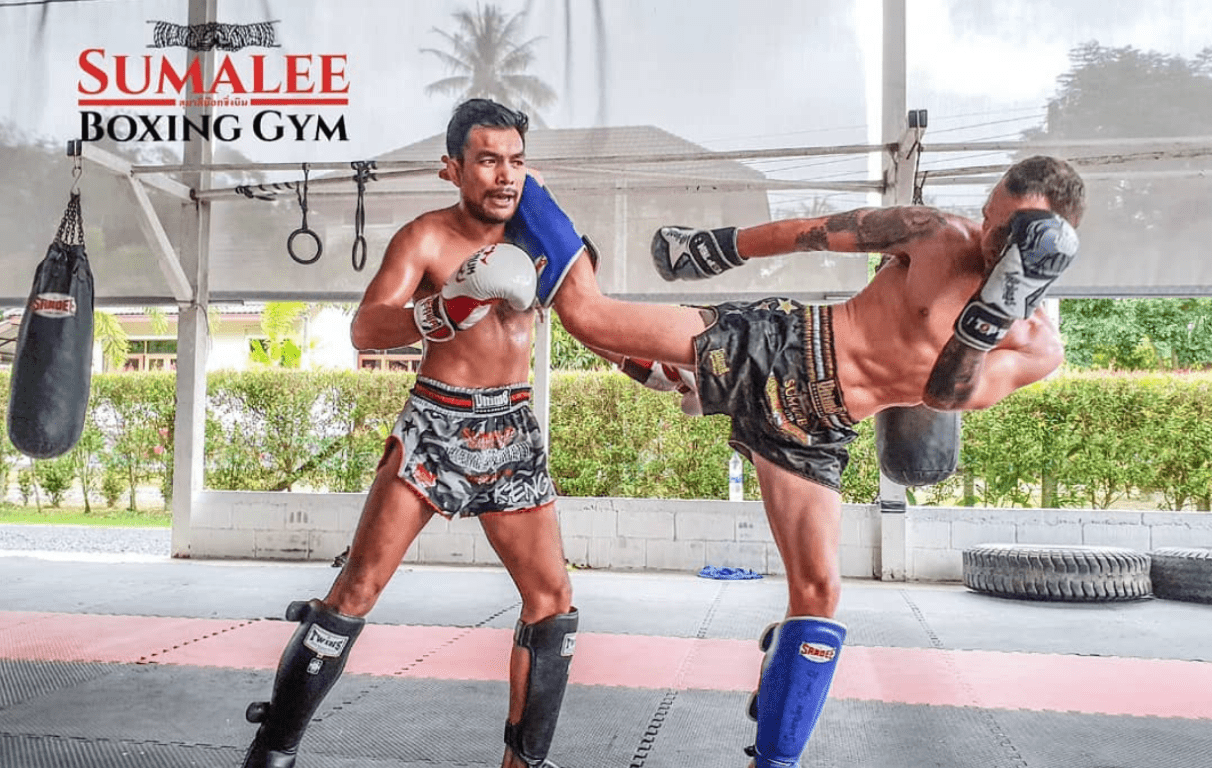
Part 2: The 5 Benefits Of Shin Conditioning
We touched on the two main reasons you might want to toughen up your shins – stronger attack and tougher defense – but the benefits go waaaayy further than the obvious, as you’re about to find out:
No more sensitive nerves:
Every time you condition your shins through a heavy impact, the nerve endings freak out and send a bunch of signals to your brain. Those signals are called pain, and pain sucks. By repeating these impacts to the shin, however, your nerve endings become more and more desensitised, meaning the “pain signals” sent to your brain are weaker, and the weaker the signals, the less pain you feel.
Super-dense tibias and fibulas:
You know how we spoke about microfractures being healed in such a way that your bones become stronger? Well, the ossification that takes place in your shins actually works to increase the bone mass of both your tibia and fibula, which has this epic knock-on effect that makes them bigger and tougher.
Muscles with superhuman strength:
In the same way your bones become stronger during their recovery thanks to the calcium deposits doing their thing, by conditioning your shins through repetitive training, the muscles in your legs will also suffer microtears, and when this happens, your body repairs them in such a way that your muscles heal bigger and stronger too.
Your form is improved:
If the age-old adage holds true, and practice does in fact make perfect, the repetition and conditioning are going to improve your form. It doesn’t matter whether you’re repeatedly attacking a heavy bag with high kicks or defending yourself in a sparring session, your form is bound to improve.
Less hesitation in the ring:
Whether you realise it or not, your reaction times depend heavily on a lot of factors and, in the ring, two of those factors are a) previous experience and b) fear of pain. But by conditioning your shins to be stronger, your nerves to be less sensitive and your form to be at its best, you’ll find your natural reactions become faster simply because there is less reason to hesitate. That can be the difference between striking first and being struck or, to put it another way, between winning and losing.
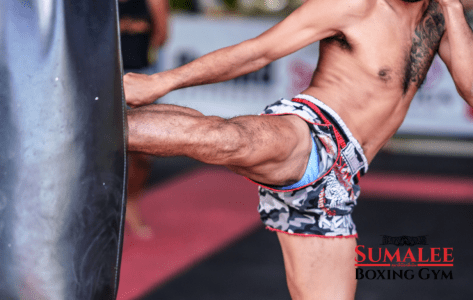
Part 3: How To Condition Your Shins
Let’s get straight to it: every Muay Thai fighter needs to have a good shin conditioning regime in place; one that strengthens your legs in every different way by combining all the various types of exercise. To break this down into the six most important areas, this training regime should consist of 1) heavy bag workouts, 2) sparring, 3) bone conditioning, 4) weight training, 5) nutrition and 6) recovery – and we’re going to delve into each of these below:
Heavy Bag Workouts
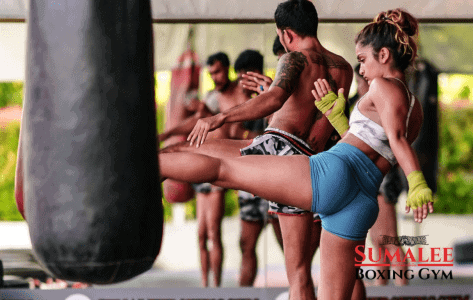
Traditionally, Muay Thai fighters would get in the zone and then condition their shins in the most hardcore way possible: kicking banana trees and rock-solid bamboo shoots. But as much as it might make for a cool Instagram photo, we recommend you step back from the forests and train on a heavy bag instead. They are every fighter’s best friend, and the perfect way to condition your shins when you’re doing solo training sessions.
When starting out, the trick is to pick a bag with the perfect weight and composite. Ideally, that bag should be heavy enough to simulate you kicking an opponent but offer enough flexibility that it scatters the momentum and impact of your kick.
One rule to always keep in mind: when kicking the bag, always use the inner and outer muscles of your shin rather than the bone. This is because the muscles in your lower leg are much more pliable, whereas the tibia and fibula, as bones, are a lot more likely to suffer serious damage, like a break.
It’s also crucial you maintain proper form when engaging in heavy bag work. This means standing with your body square to the bag and using both your off-arm and torso to generate extra power. And, remember, always keep your strongest arm up to protect your head from any counter strikes.
Of course, the only effective way to condition your shins is through repeated impact and stress. So, as a general rule of thumb, try and perform at least a hundred heavy bag kicks during each of your training days.
Sparring Equals Success
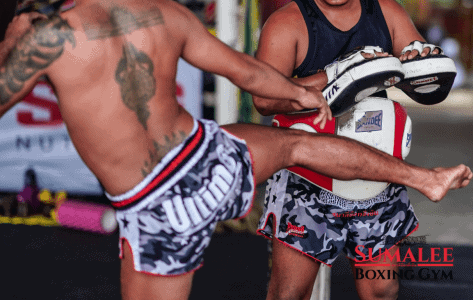
As effective as heavy bag workouts are for shin conditioning, a regular dose of sparring is also required. It’s about getting used to that feeling of bone-on-bone combat, improving your reflexes in the ring, boosting your endurance, reducing your hesitation time and learning how to effectively block your opponent’s kicks with your shin while gaining some invaluable insight into how you can implement proper form.
But don’t just spar for the sake of gaining some in-ring experience – use each sparring session to focus on the fundamentals of Muay Thai and how you can improve with each session. Focus on being relaxed when moving around, attacking and defending, knowing that relaxed muscles are able to generate more power than tense ones. Focus on your breathing, learn how to control it and when to exert it, and practise exhaling as you strike. And focus on tensing your abs each time you get struck with a body blow to lessen the impact.
As for conditioning your shins, the best thing to focus on is your roundhouse kicks, holding back on the power until you’ve perfected your technique and form. It’s about maintaining control. As for shin conditioning drills, try exchanging roundhouse kicks with your sparring partner, but keep your kicks below the waist. The reason for this is as simple as 2 + 2: when you exchange kicks that are no higher than the waist, your opponent will be able to block your strikes with their shins, which is great practise
To get the most out of this shin conditioning exercise, make sure you alternate your striking legs and then switch roles with your partner so that you both get to experience what it’s like attacking and blocking. Then, once you’re comfortable with the timings, start making it a little more interesting by varying the speed and height of your strikes.
Boost Your Bone Density
Now this move might seem a little archaic, but rolling a metal (or acrylic) tube along your shins is a great way to improve bone density. It’s a way of compressing the shin bone, making it a great technique for improving the density of your bone without engaging in any combat.
But make sure you’re getting the most out of this exercise by rolling the acrylic-slash-metal tube across your shin evenly, covering every part of the bone and muscles in equal measures to ensure there are no weak points.
Build Strength With Weights
While it’s totally true that striking a heavy bag and sparring in the ring are the best ways to condition your shins, weight training is one of the best ways to build organic strength in your muscles, especially your tibialis anterior. This is the main muscle in your shin and is one of the most important muscles in your Muay Thai story. Thankfully, to strengthen this muscle, the best workout you can engage in is weighted toe-raises. That’s right. Toe raises.
Whether you have access to a gym machine or you’re going all Rocky IV with some dumbbells, stand with your feet shoulder-width apart and slowly raise yourself onto your toes, hold it for four seconds and then slowly lower yourself to the start position, before resting for a one-count and repeating as many times as you can.
And the other epic exercise in the search for perfectly conditioned shins is calf raises, which involves the opposite motion of toe raises. Instead of rising up onto your tiptoes, the challenge is to keep your heels on the ground and raise your toes up. This motion will flex your calf muscles, which wrap around to the front of your leg and connect just beneath your patella, making them pretty important muscles to condition given the amount of impact they might end up absorbing.
Of course, weight training isn’t just for strengthening your muscles – it can also increase the density of your bones, and that’s what every fighter wants to achieve.
The Need For Nutrition
What you eat is as important to a fighter as knowing how to perform a high kick. Nutrition is life. And a big reason for this is to with conditioning. To put it simply: your body needs the right amount – and balance – of nutrition to both heal and build both muscle strength and bone density. Don’t eat enough and your body will start using up your fat reserves followed by your muscle.
As such, it’s so important Muay Thai fighters eat a healthy diet of protein and carbs in order to strengthen their body’s tissue. It’s about eating like a Muay Thai fighter. It’s about meal scheduling, doing away with dieting, accepting moderation is key and eating quality proteins. Tuna, chicken, pork, lean beef, white and red turkey meat, eggs, peanut butter, cottage cheese, almonds, beans, lentils, natural yoghurt and leafy greens, all of which will help increase your body’s ability to heal any micro-tears faster and help you grow stronger quicker.
Road To Recovery
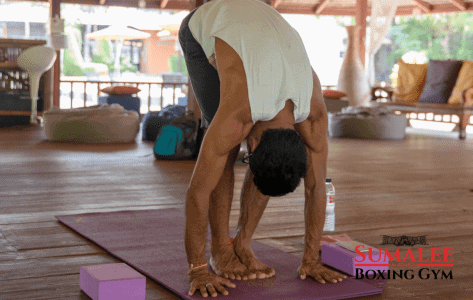
Muay Thai might be one of the most beautiful, elegant and technical sports you can lose yourself in on YouTube, but it’s also one of the most badass martial arts in the world. You’re basically exchanging blows with another warrior using all the hardest and sharpest bones and joints the human body has to offer. That’s exactly why recovery plays such a mega-role in Muay Thai. If you want to keep performing at the top of your ability, training week in week out, your body needs to be able to recover – and the most effective strategy of them all is rest. It’s the only way your body can become stronger.
This is all because the recovery phase of any given workout is when your muscles absorb the most protein, and then use those proteins to repair any tears and build stronger muscle tissue. And that’s not all. Sleep is also imperative because it encourages your body to release some pretty epic hormones that will slow down your breathing, relax the major muscles in your body and help reduce any inflammation you might be suffering from.
Of course, resting doesn’t mean swapping all your training sessions for sleep. It also means focusing your training so that you can give those areas of your body that need to recover the chance to do so, which is oh-so-important for your shins. Yes, you could put on a couple of shin pads and get back to striking a heavy bag or sparring, but we wouldn’t recommend this for one simple reason: inflicting stress on an already damaged leg will drastically reduce its ability to heal properly.
Part 4: Patience is key
The internet is awash with videos of Muay Thai fighters kicking trees and other rock solid inanimate objects in a bid to toughen up their shins. This is a bad idea for newbies!
When it comes to desensitizing and building tolerance in your shins, you need to play the long game. Trying to toughen yourself up by kicking trees is a sure fire way to injure yourself and put you out of the game!
It is better to kick a heavy bag 100 times than a steel beam once. Start off slowly and build yourself up.
Thanks for reading!
After 11 years of living in Phuket, Thailand and being involved in the Muay Thai community for all of this time, Sumalee’s owner Lynne Miller has written a book about her personal journey to and experiences of owning a Muay Thai gym in her book “Fighting for Success’. You can find out more about the book here. It is available to purchase on Amazon.
If you have any specific questions you would like to ask, please do not hesitate to contact us: info@sumaleeboxinggym.com
For more tips, tricks and bits of advice, follow Sumalee on Facebook and Instagram, or sign up for our special offers on the Sumalee Boxing Gym website.
Blog post updated: 28/3/23



